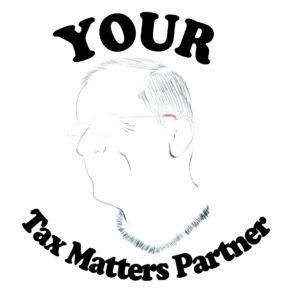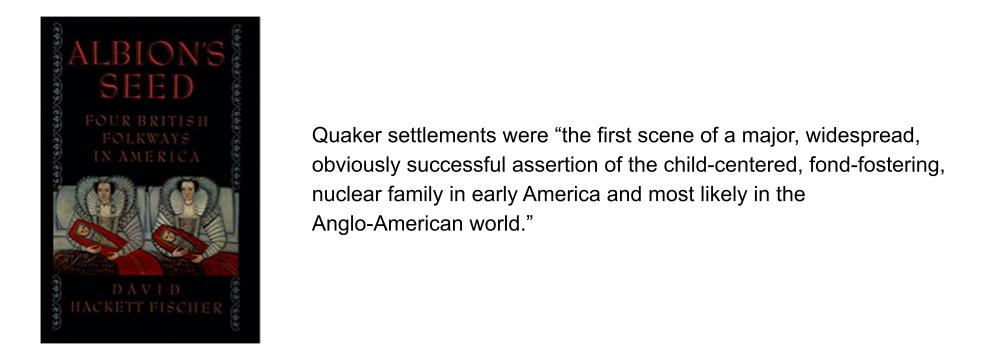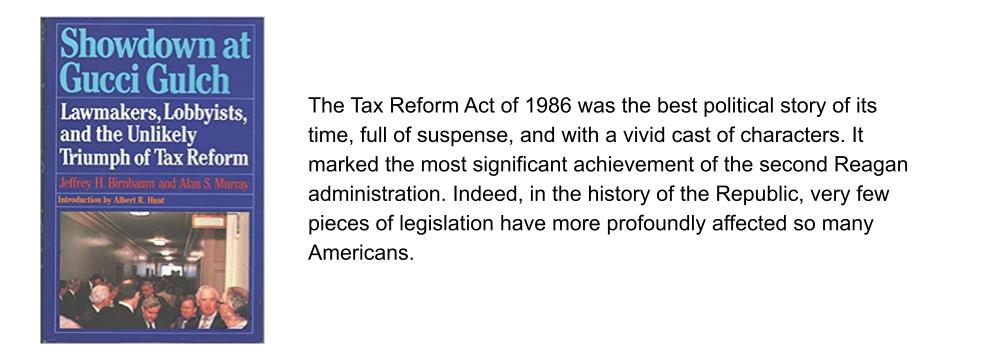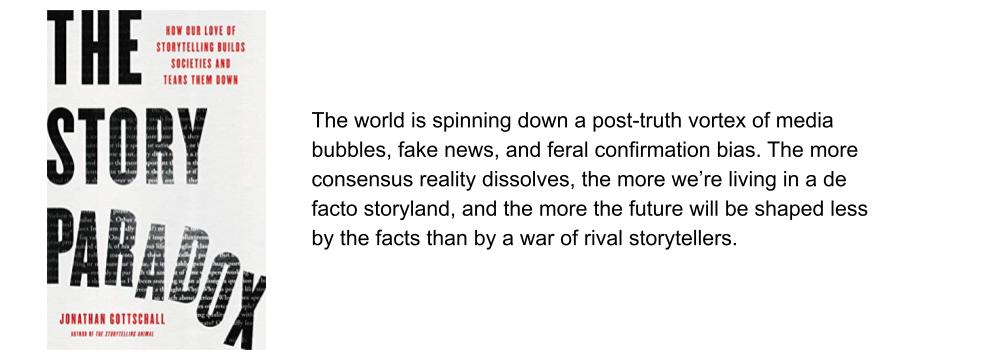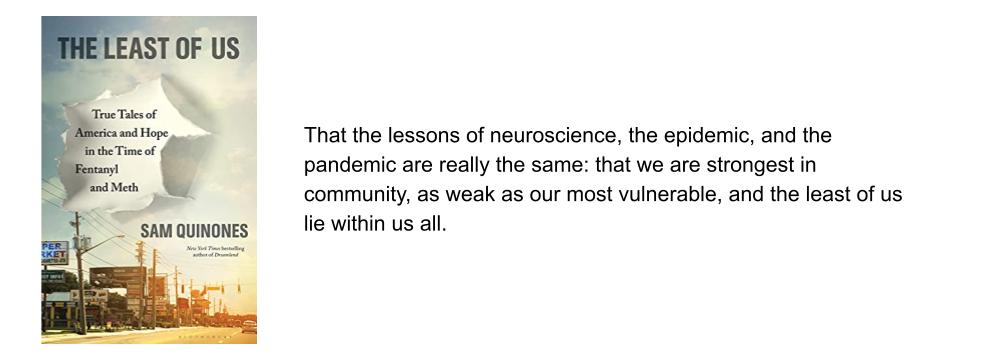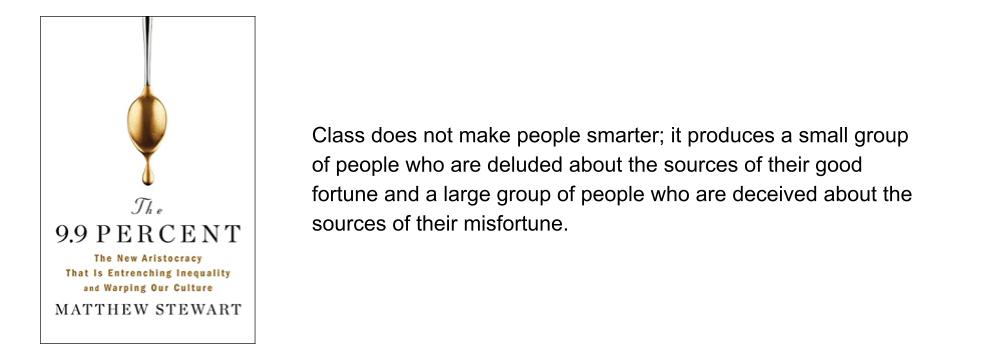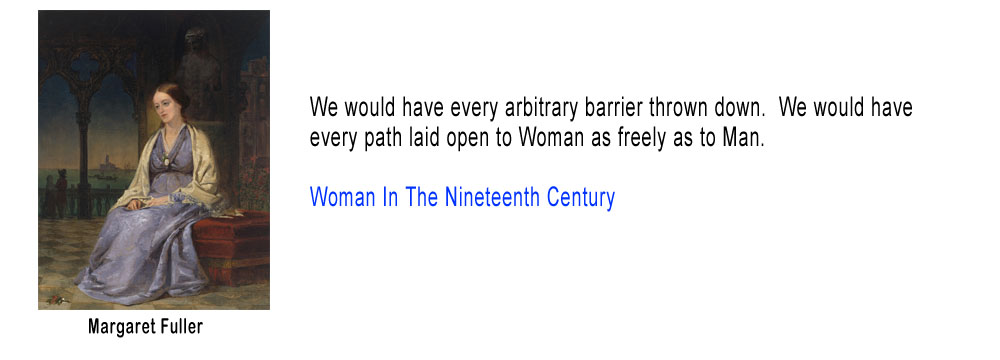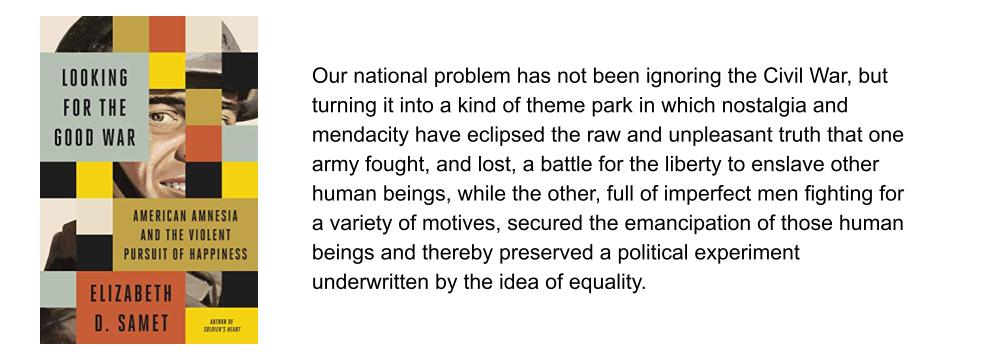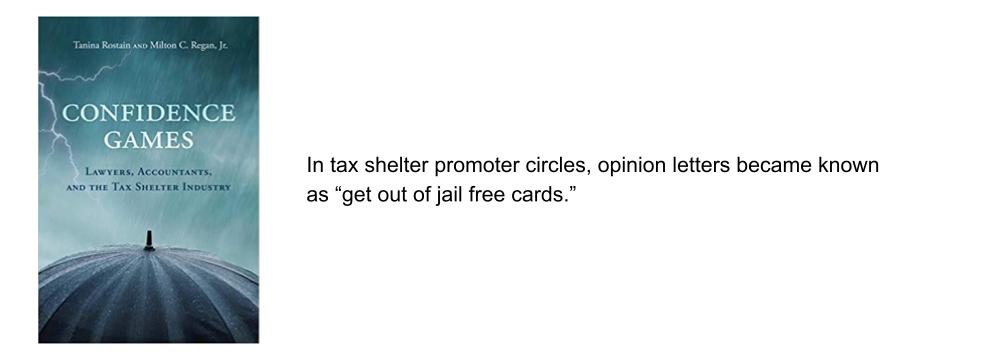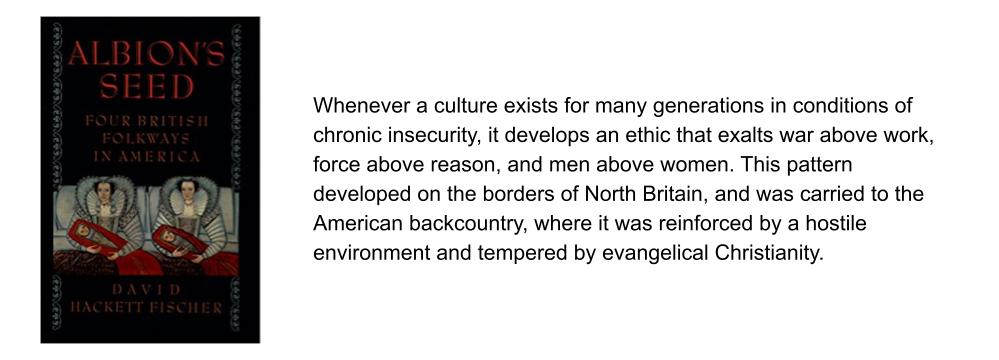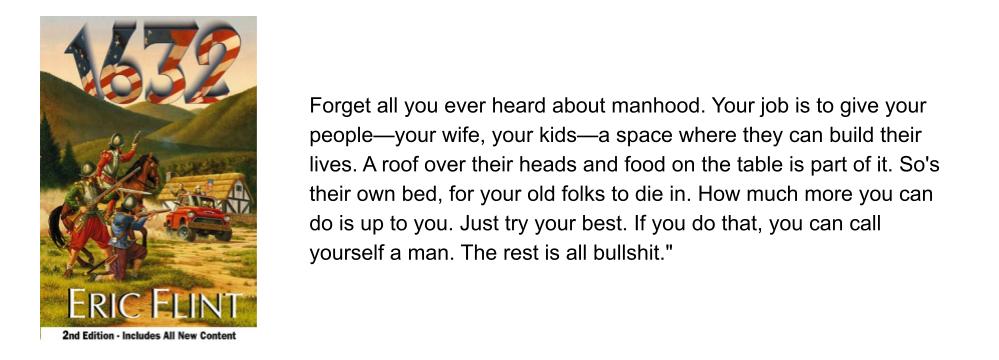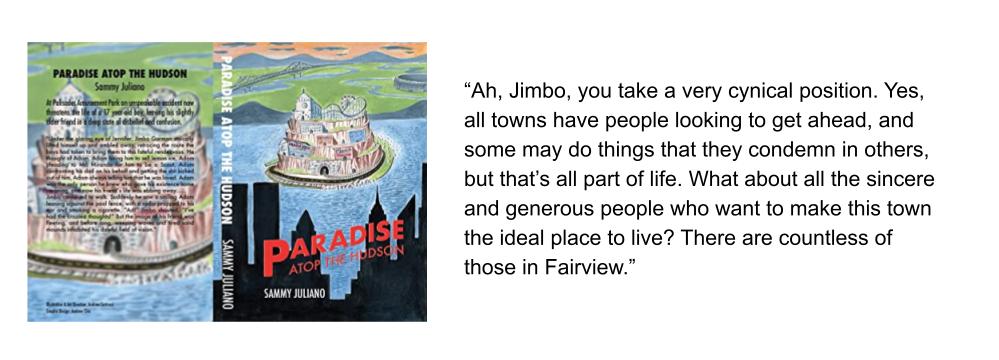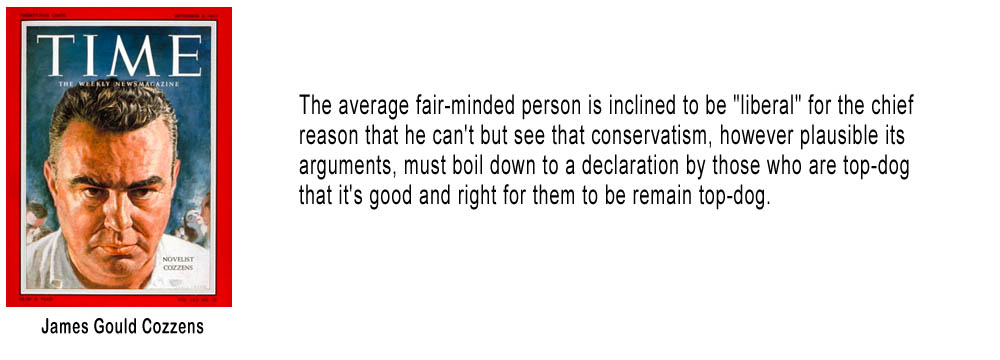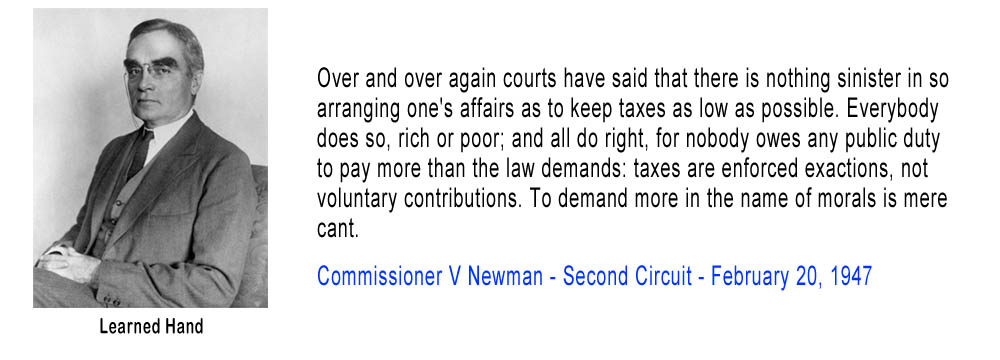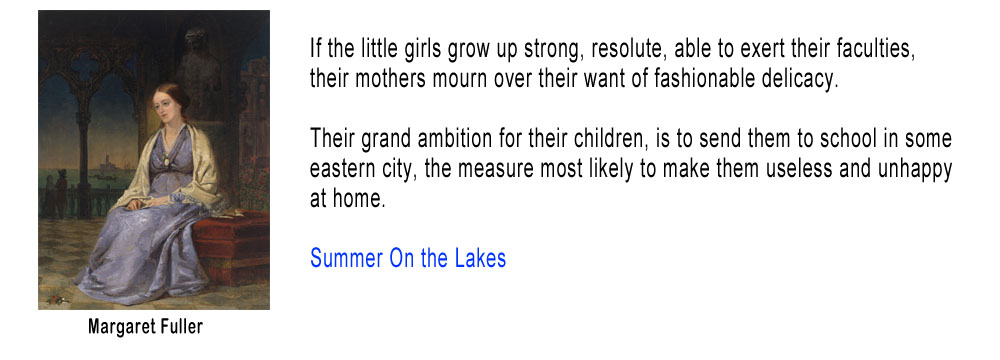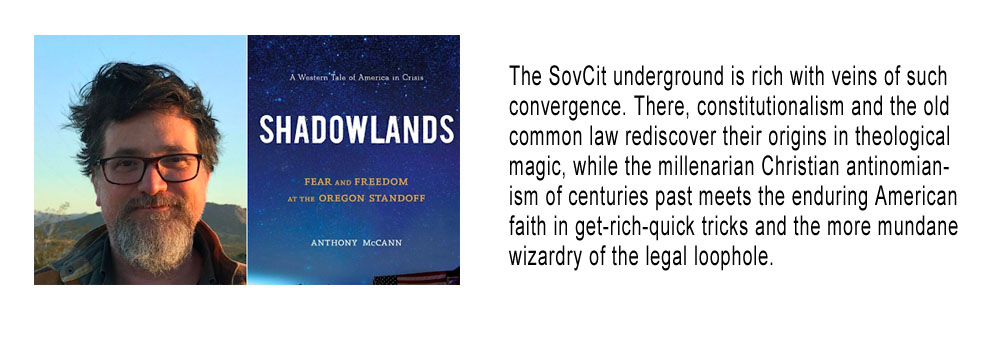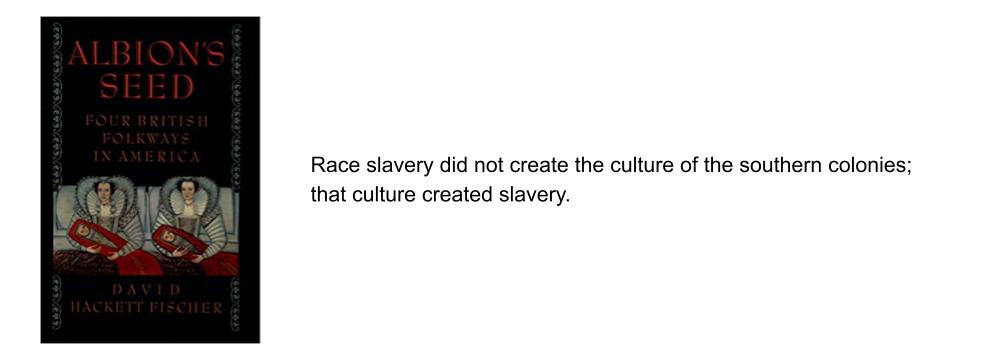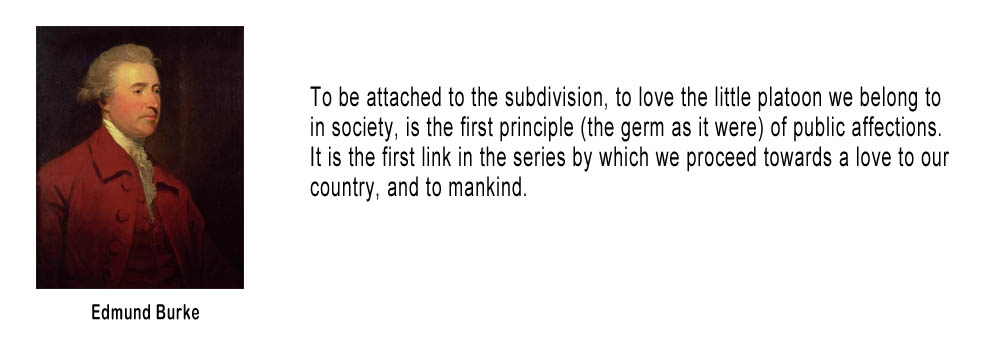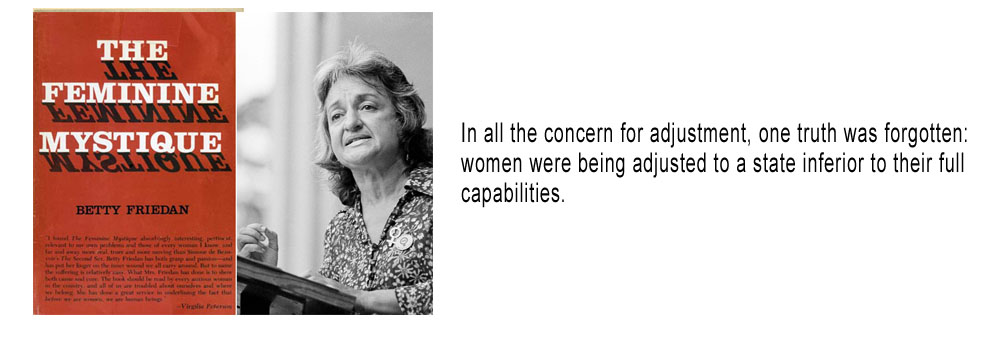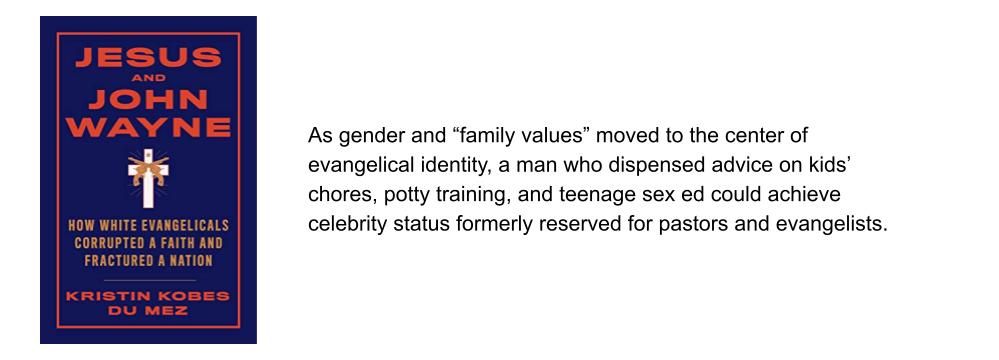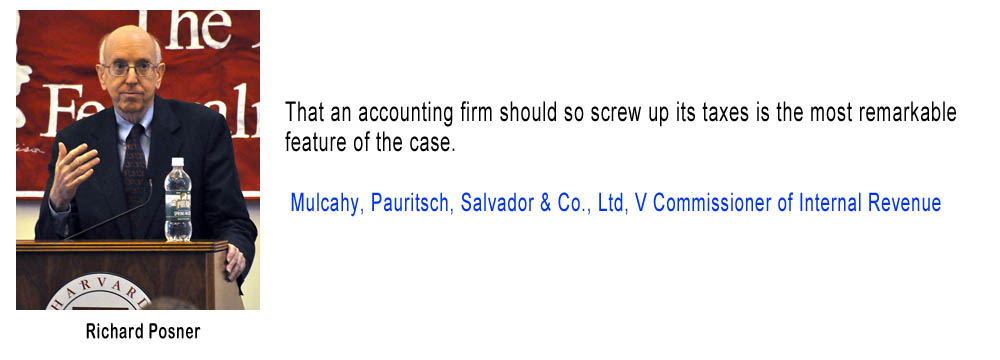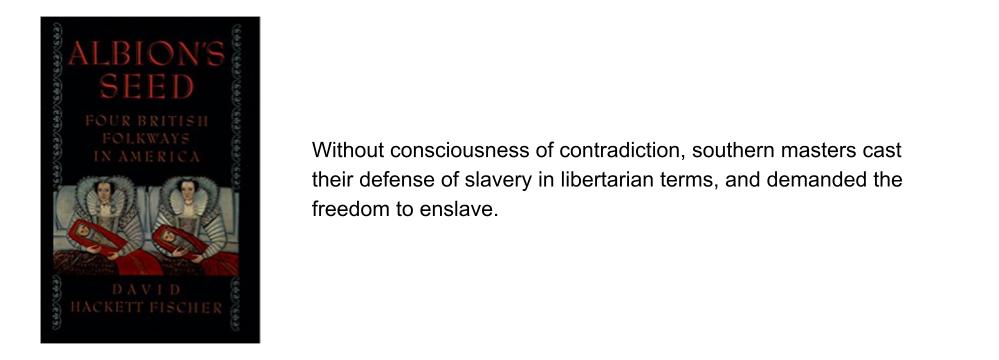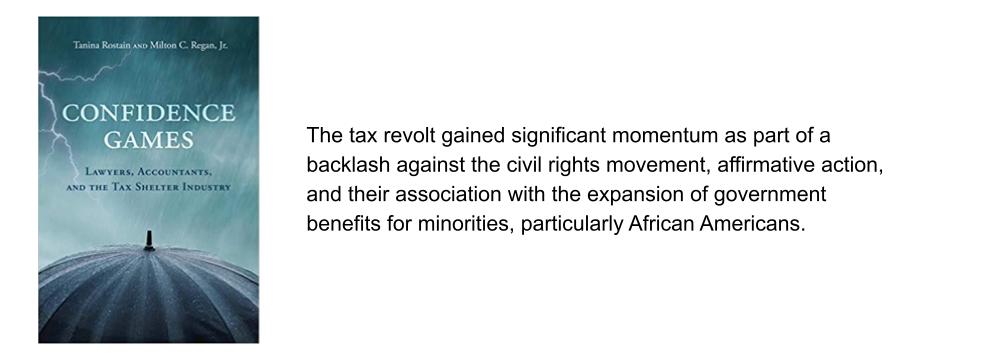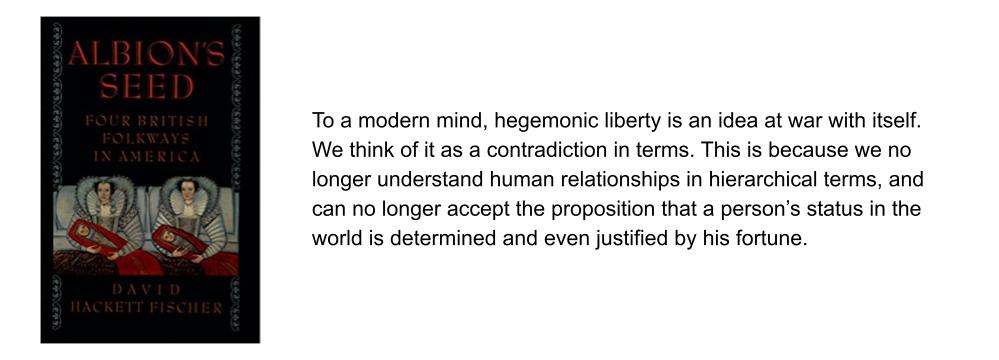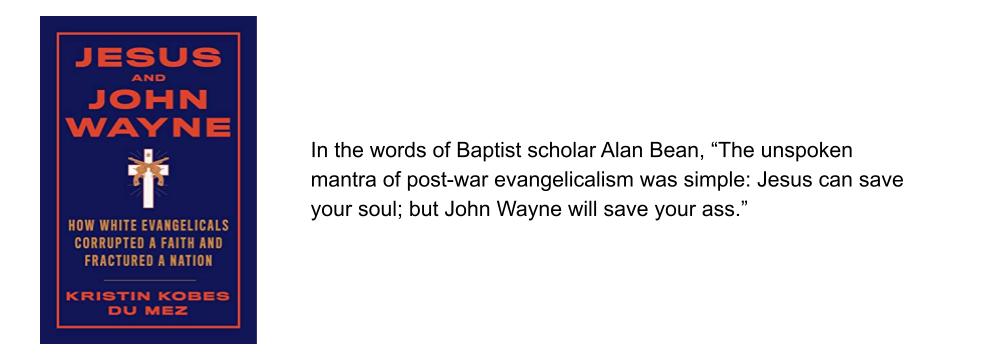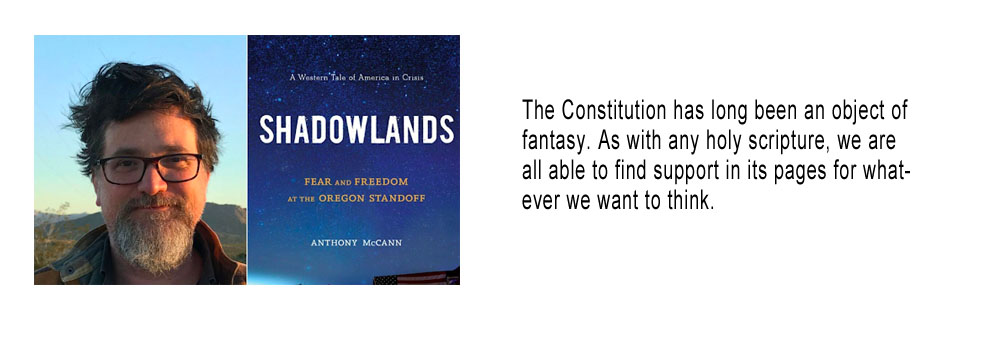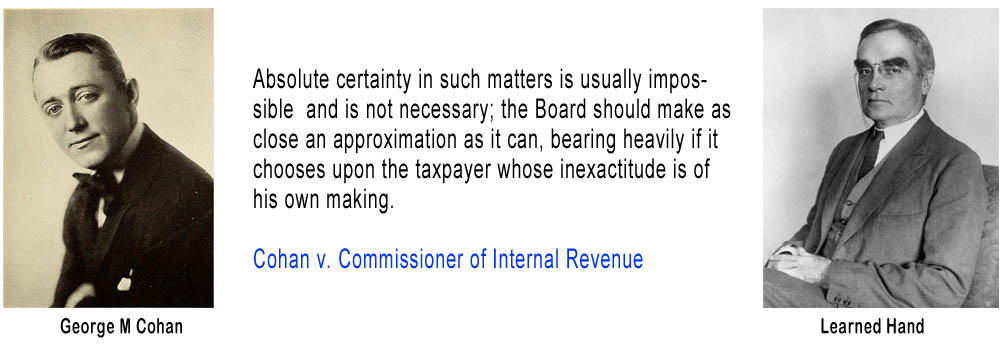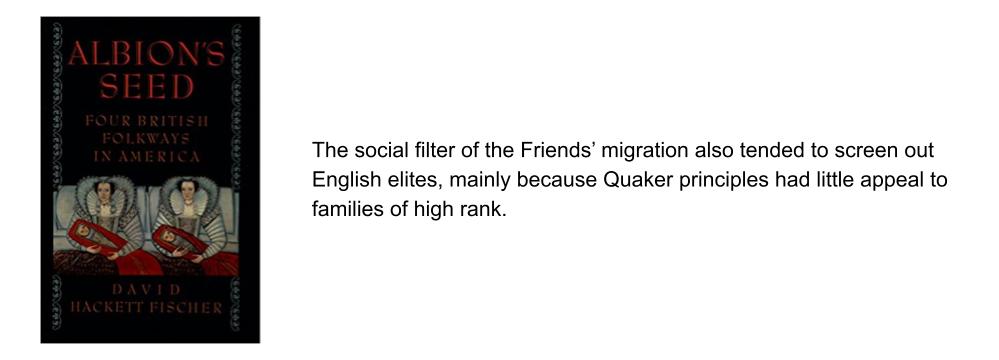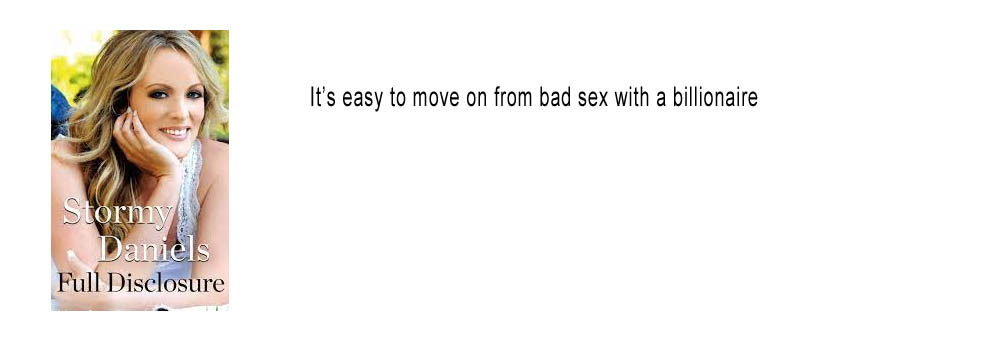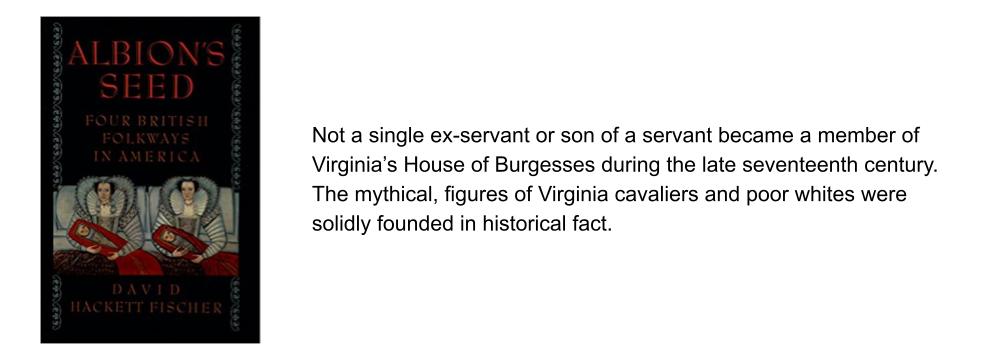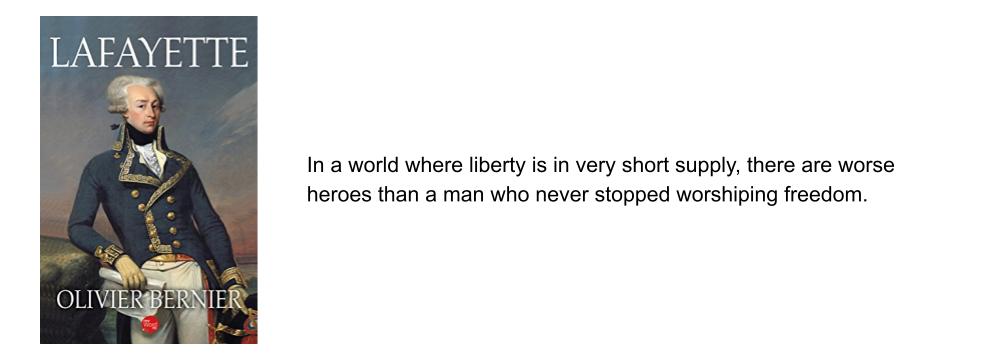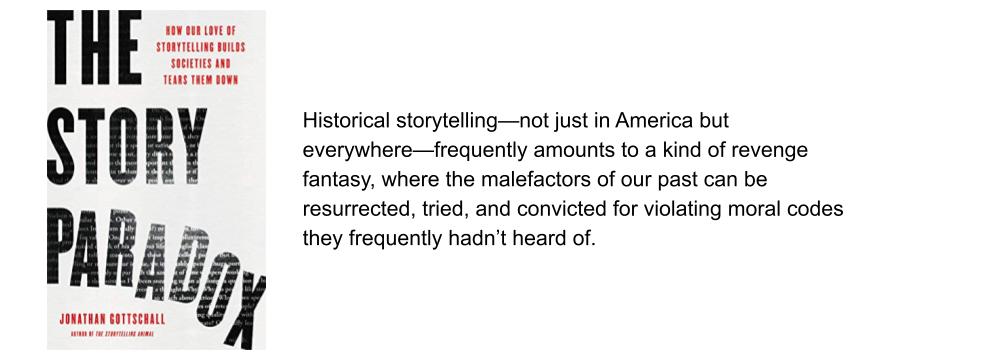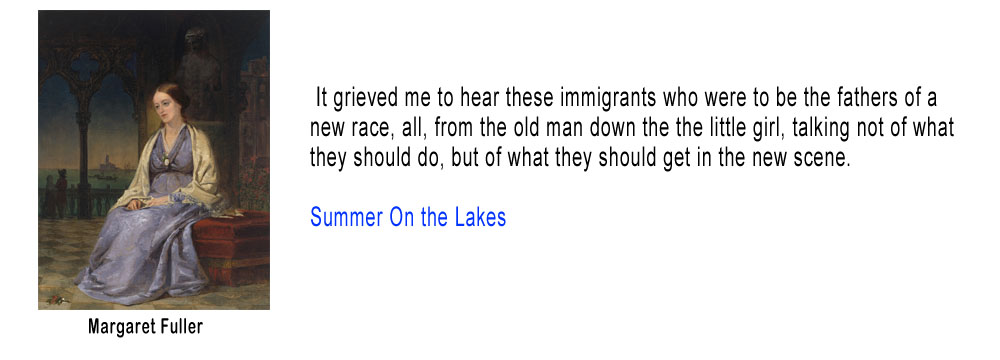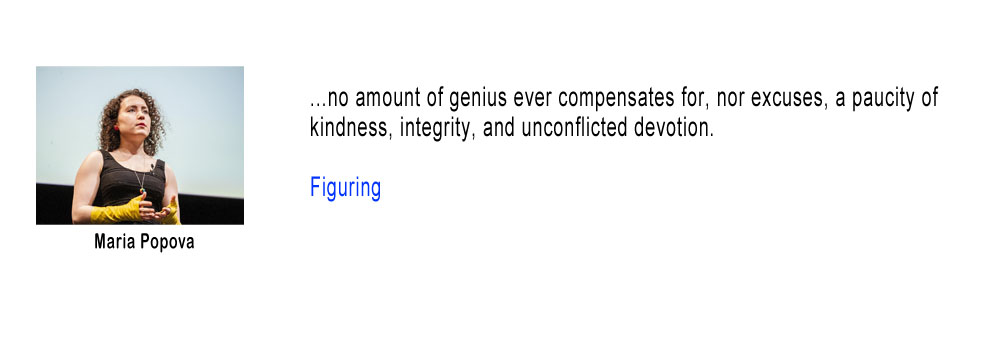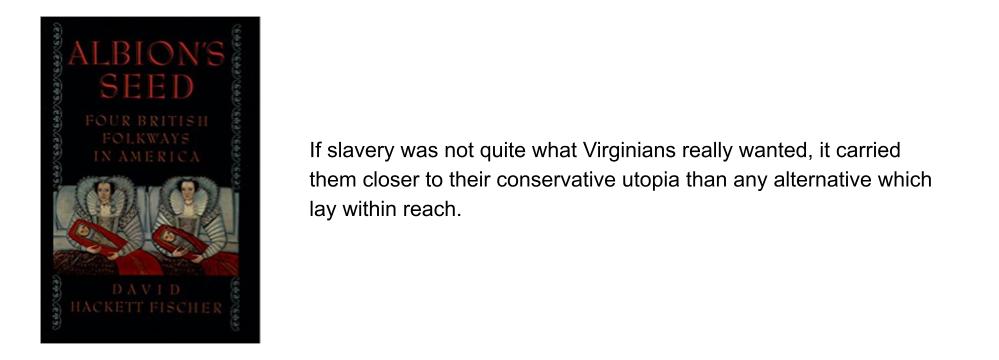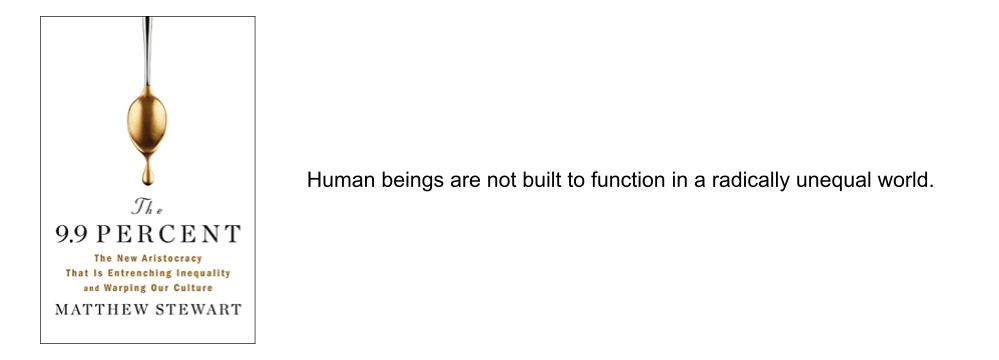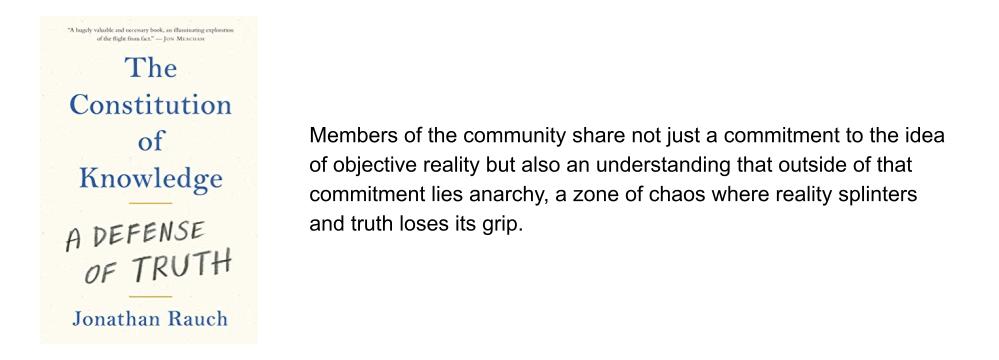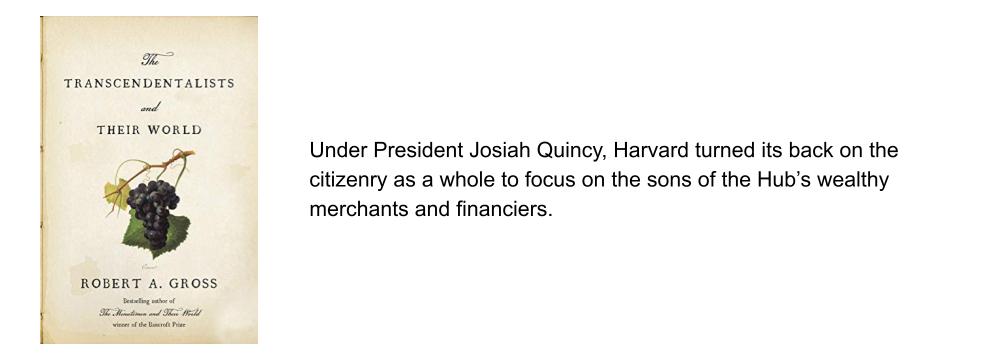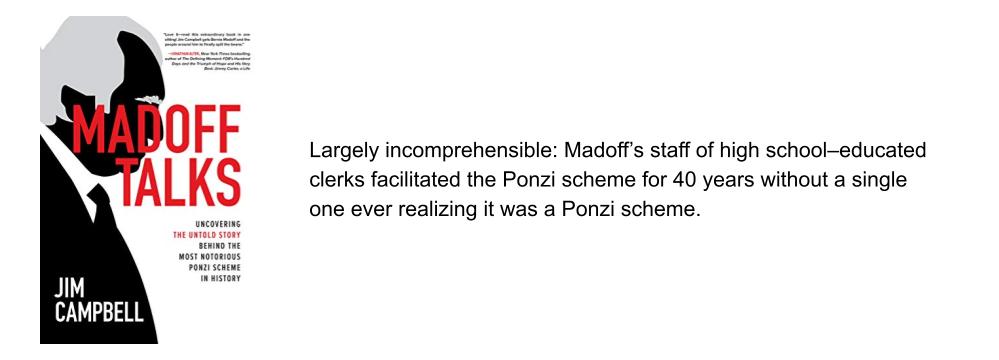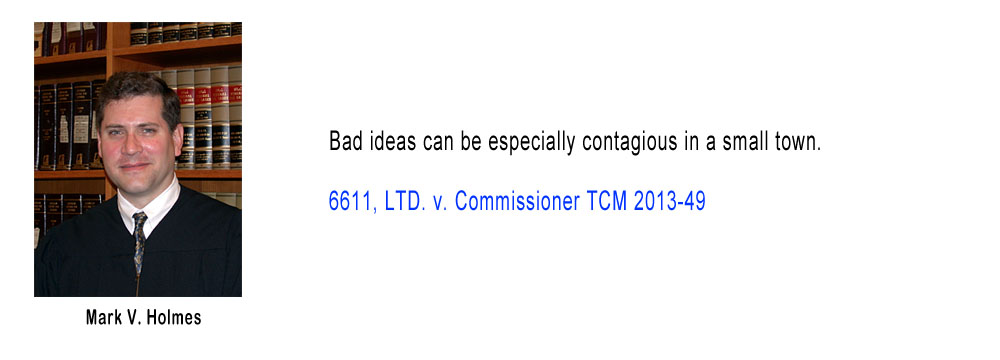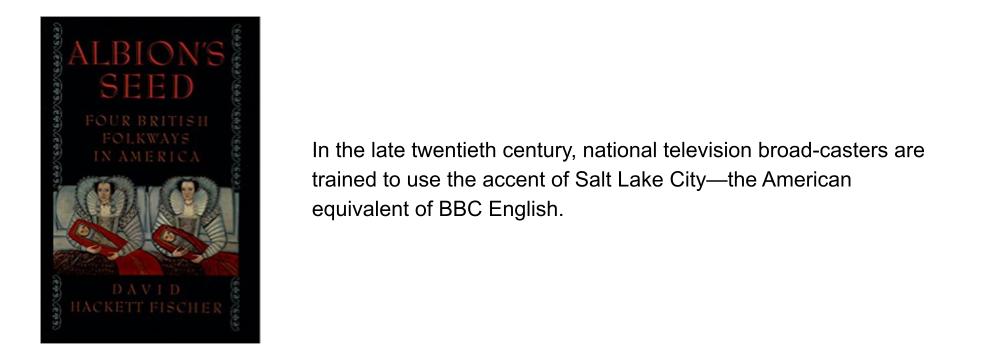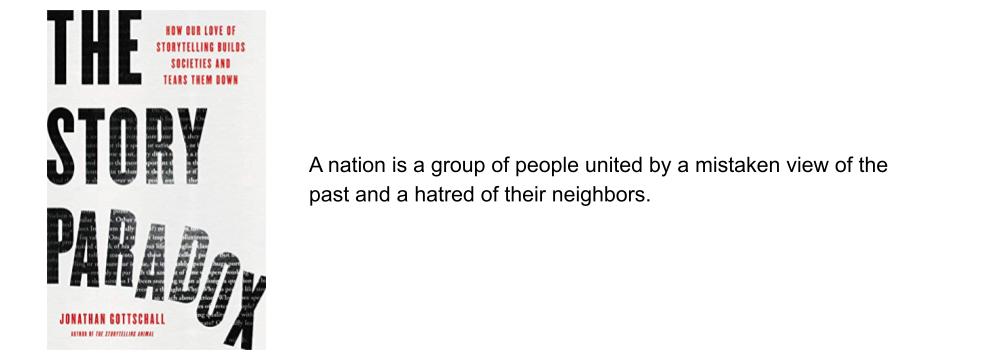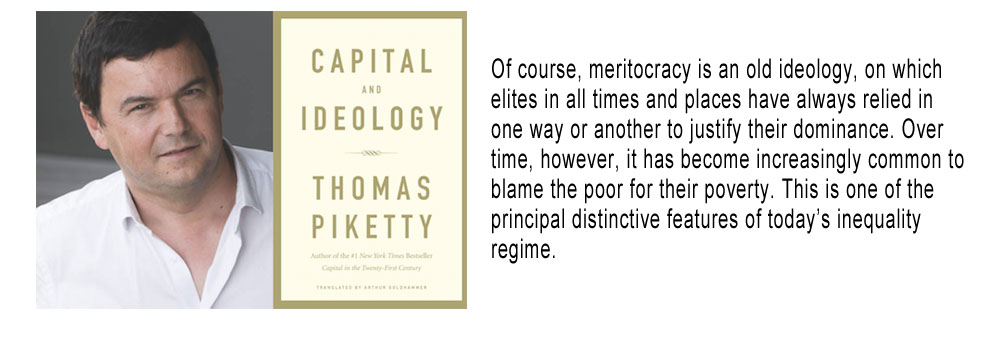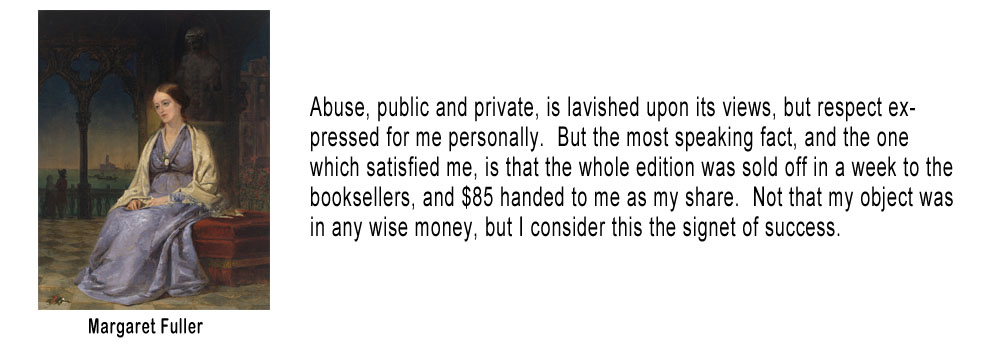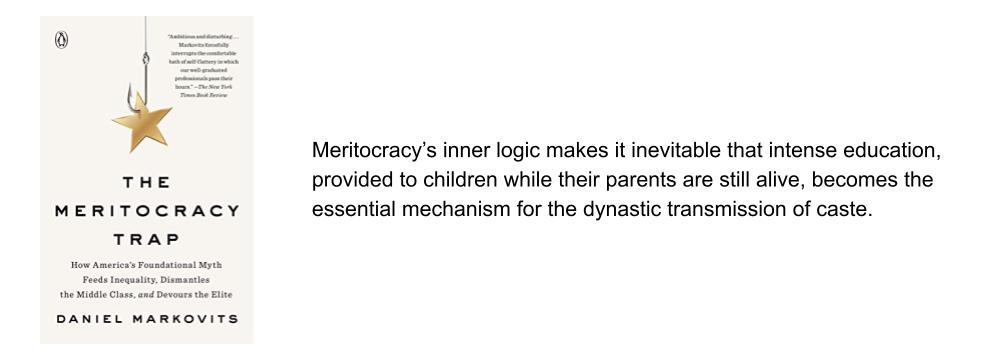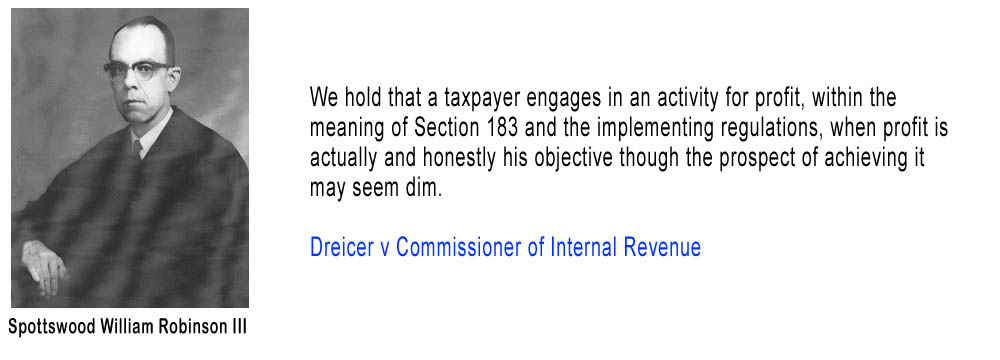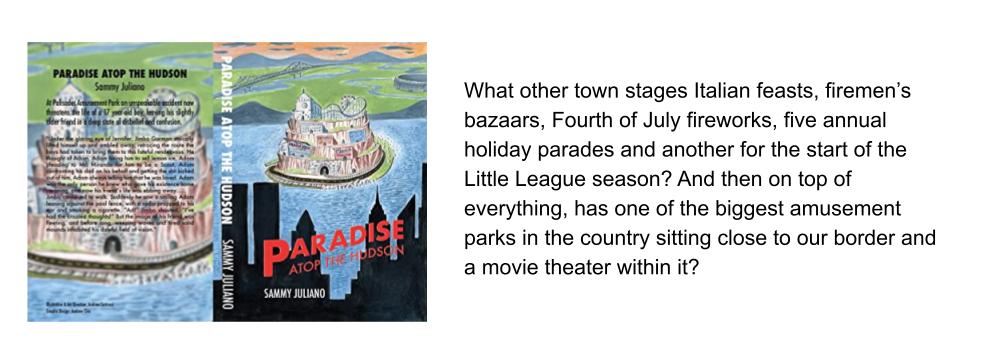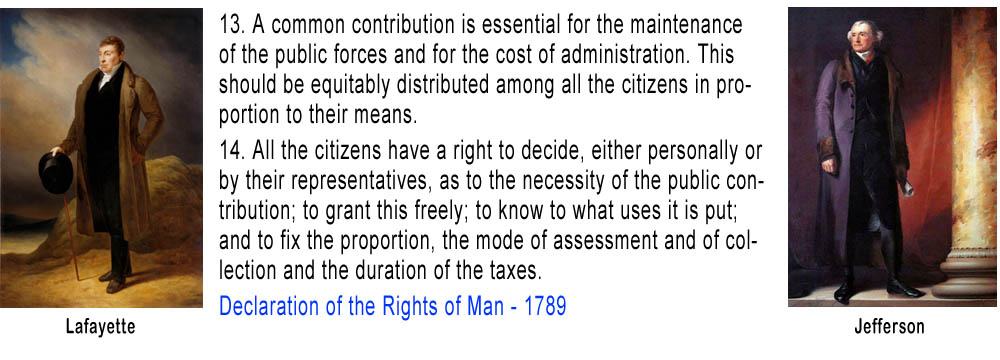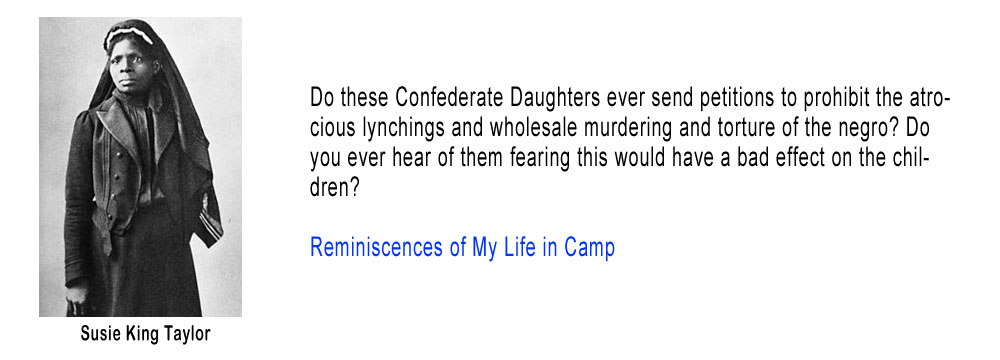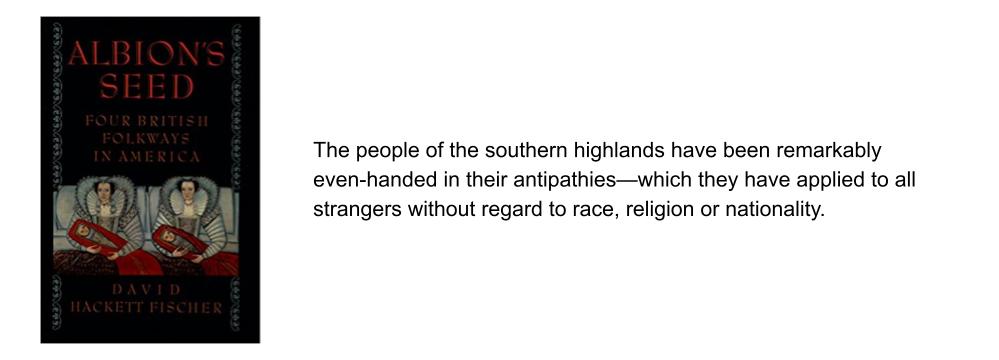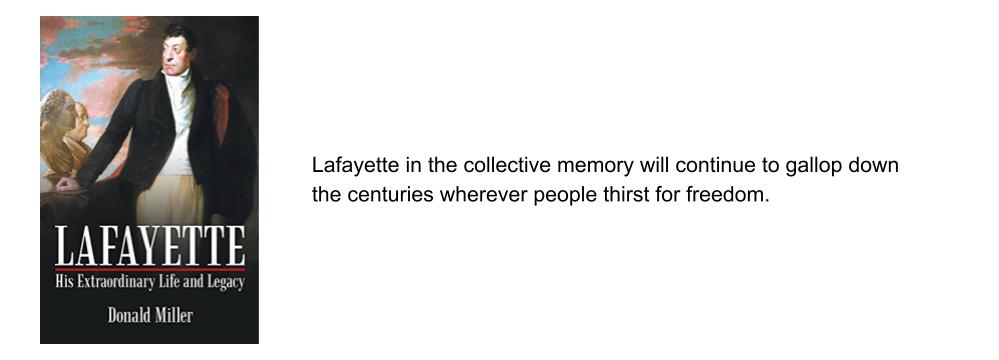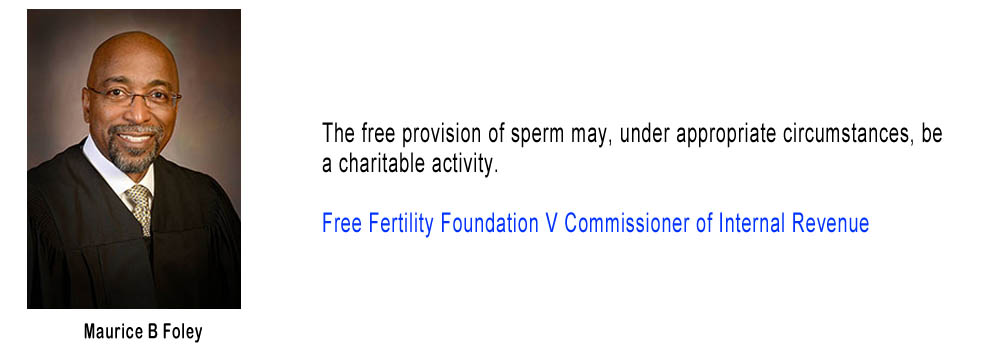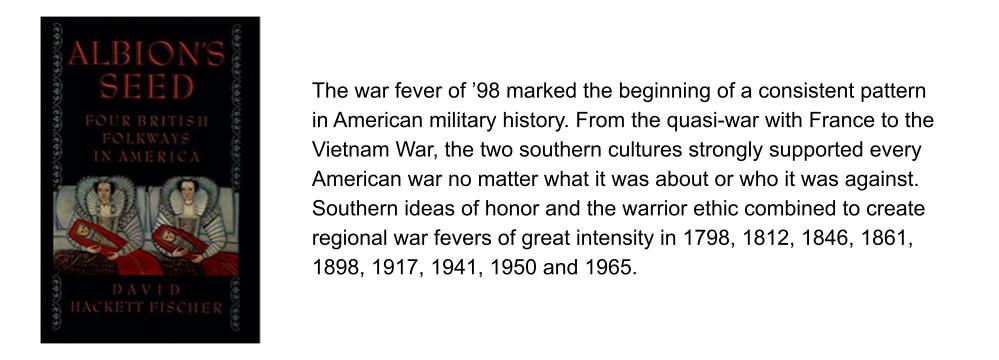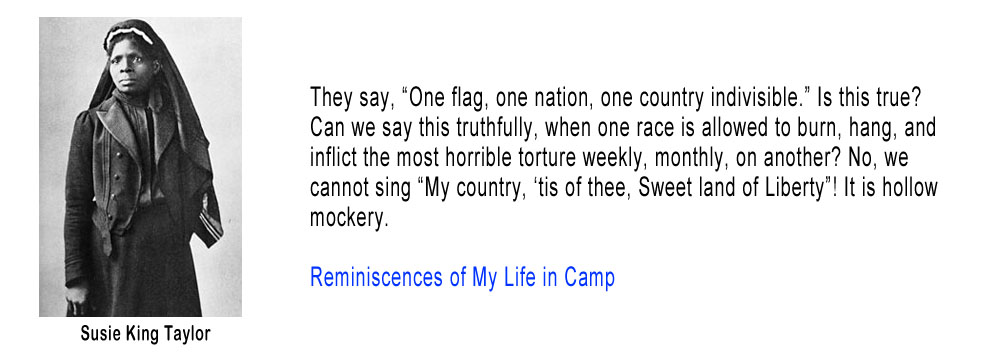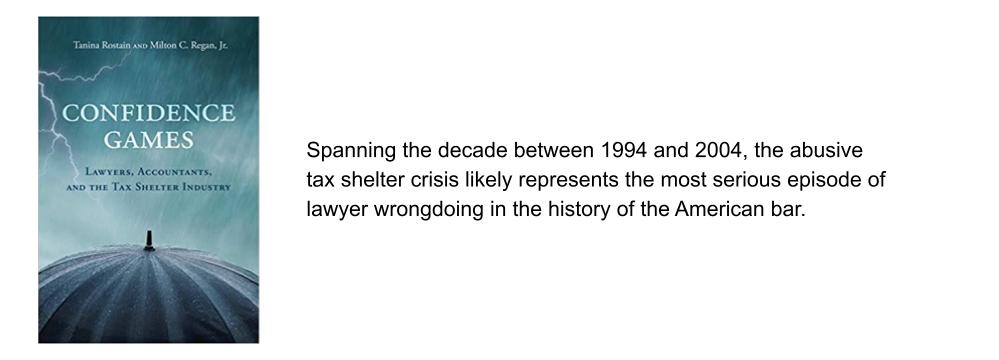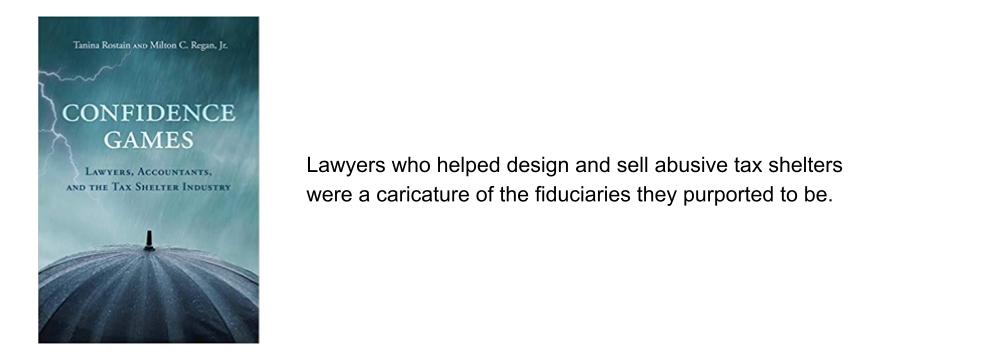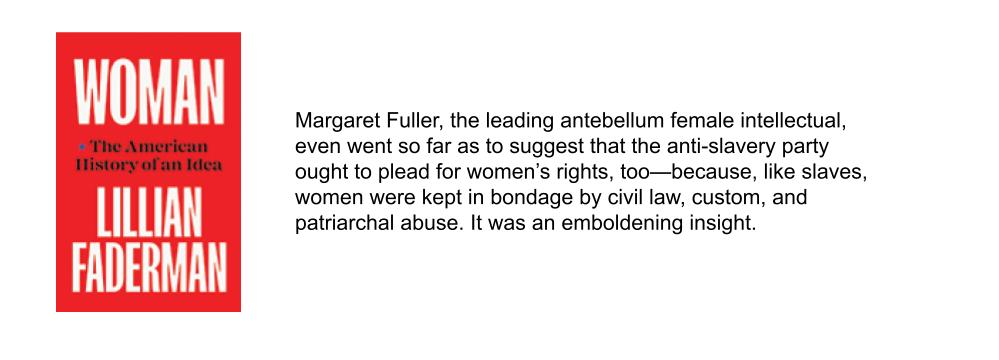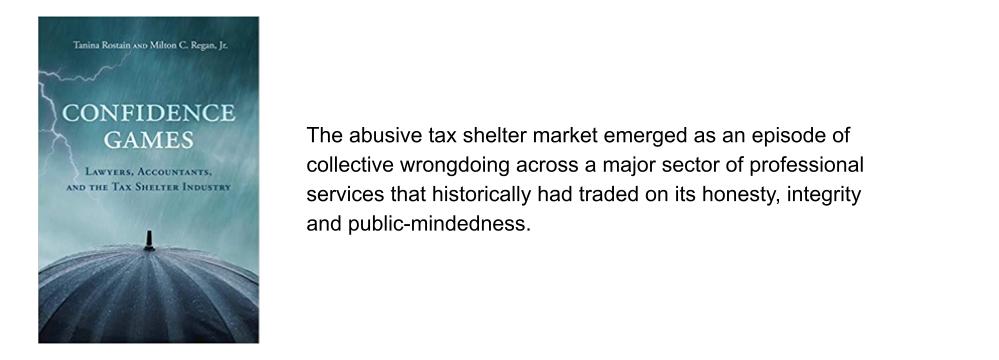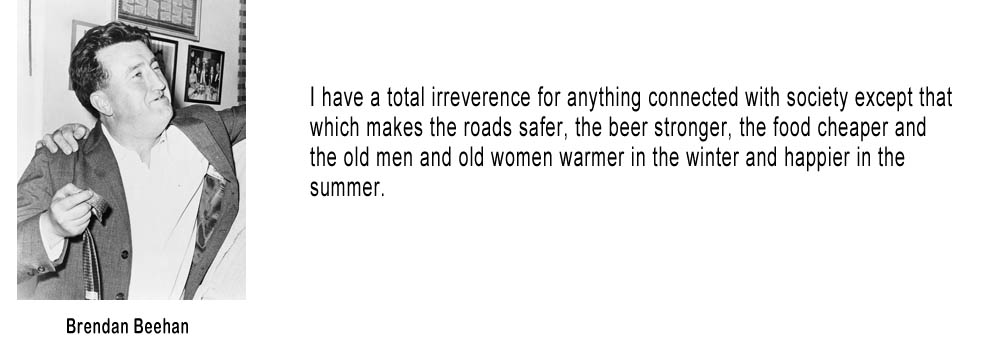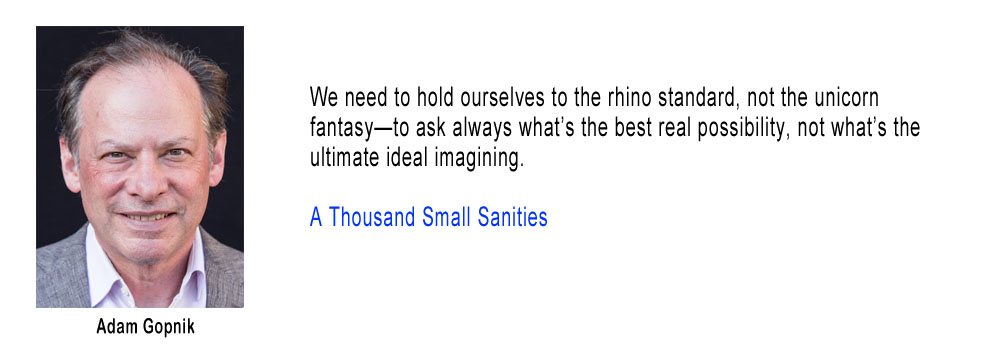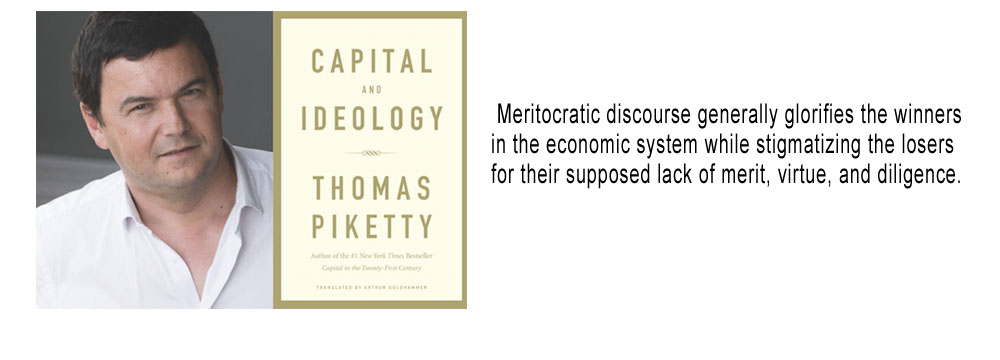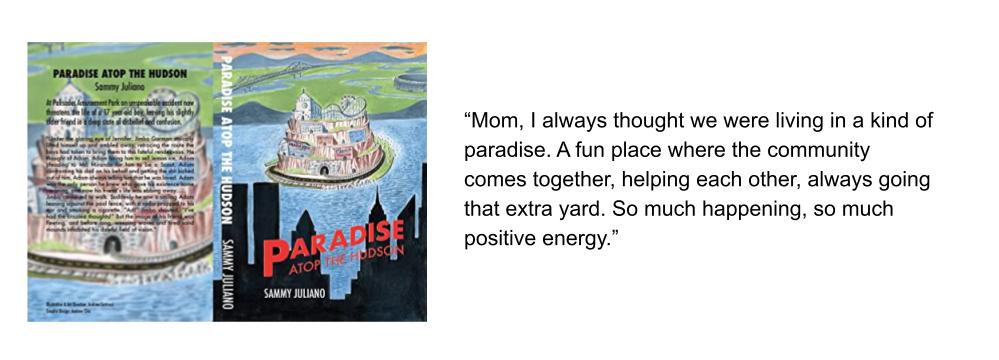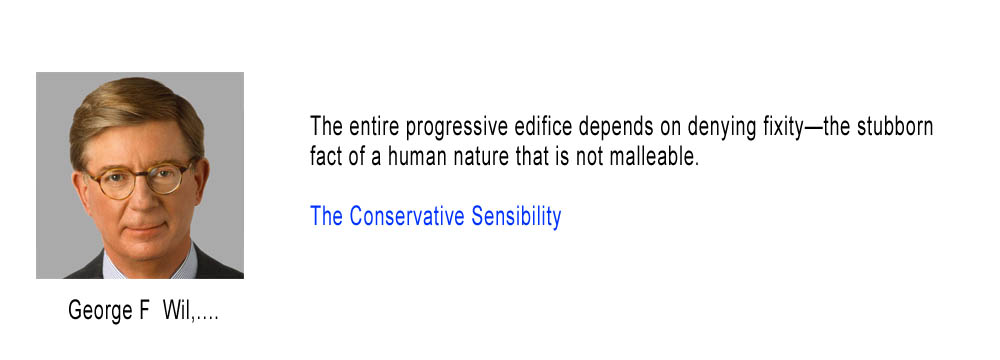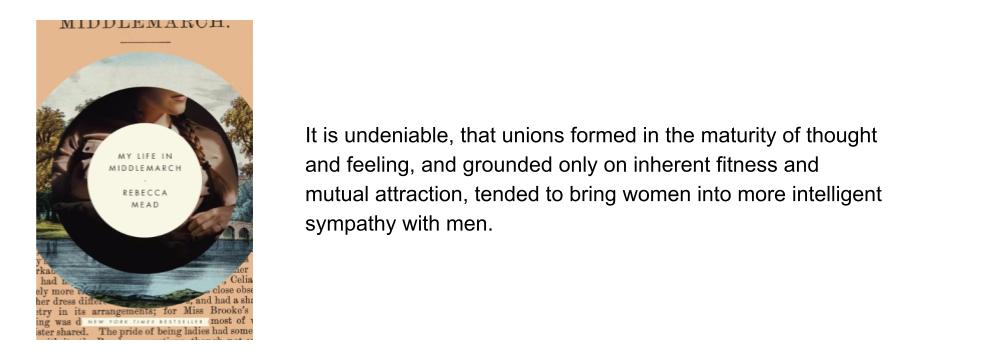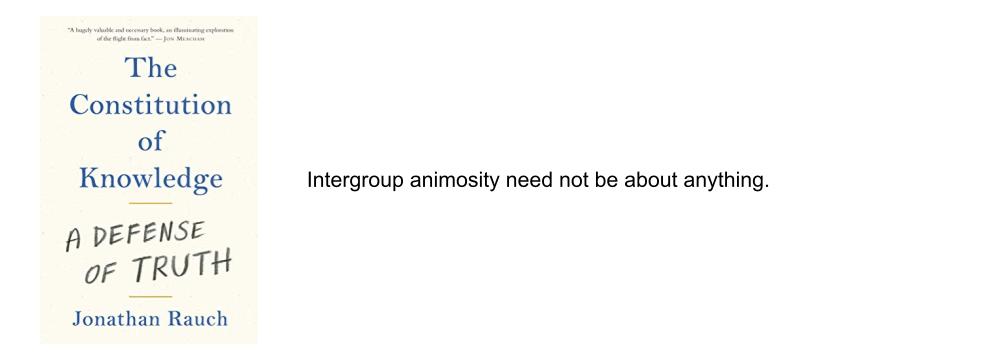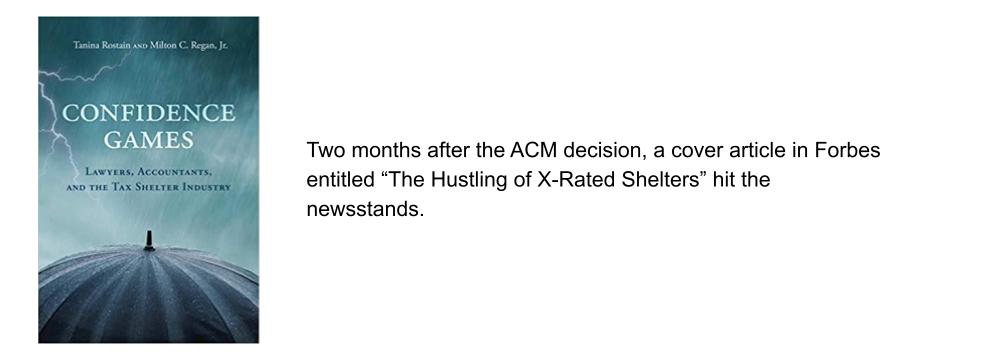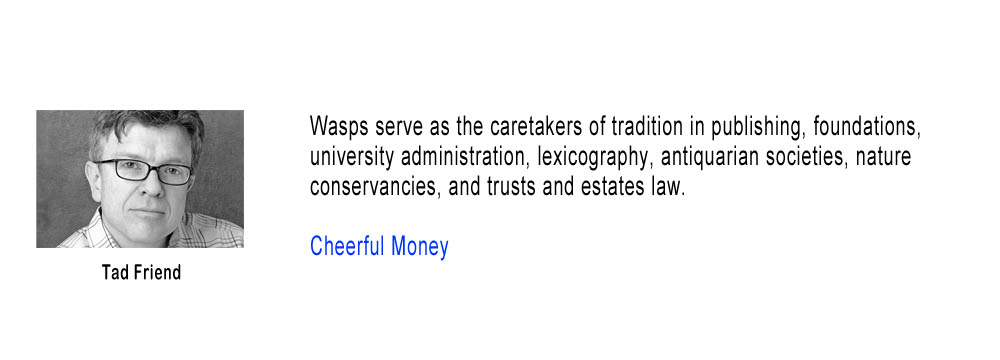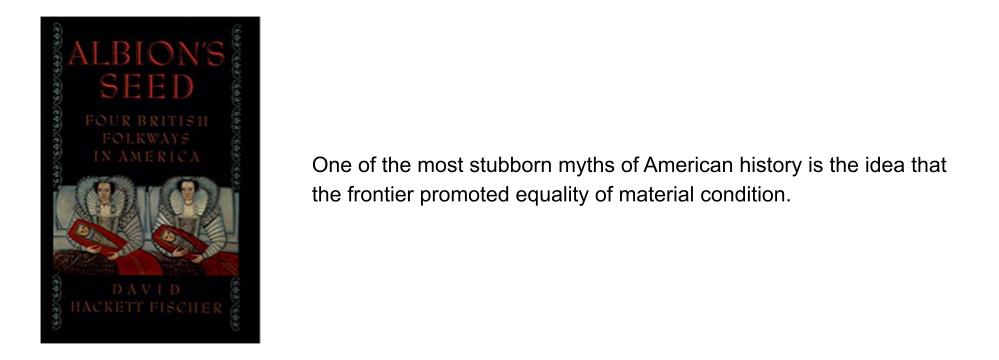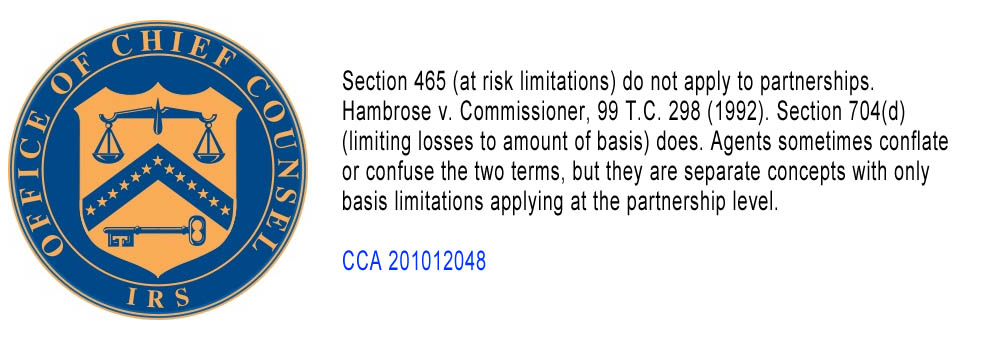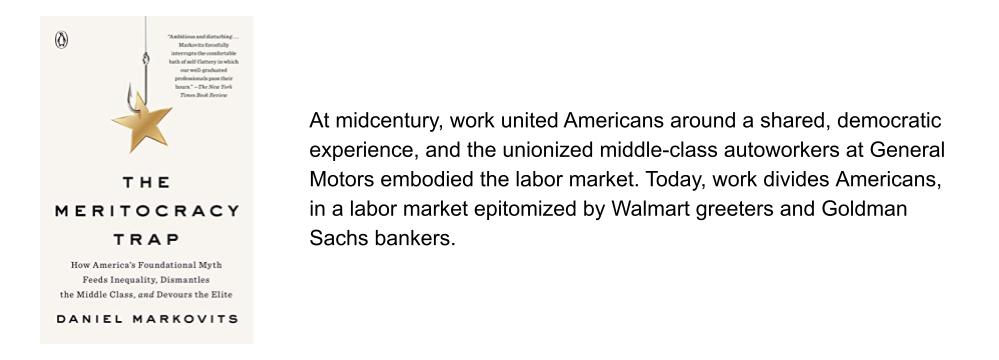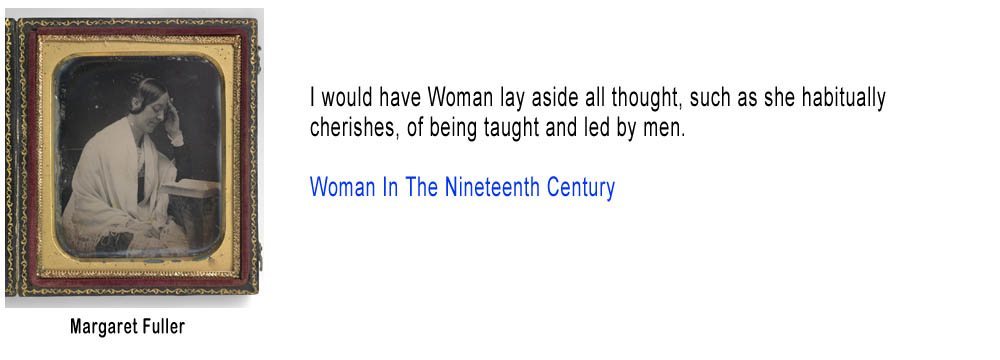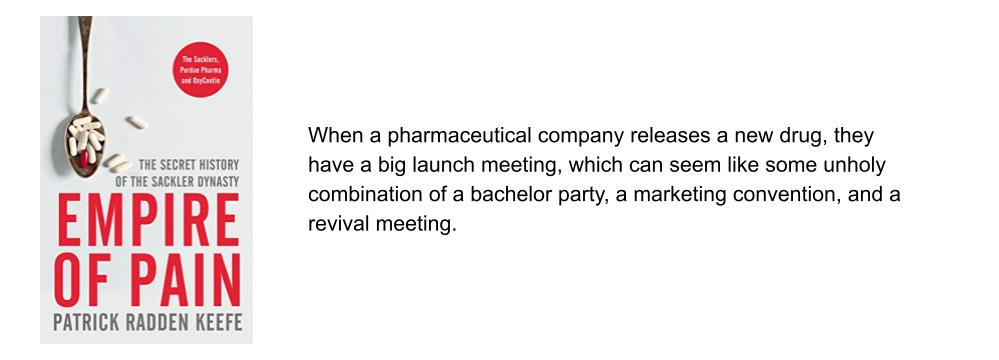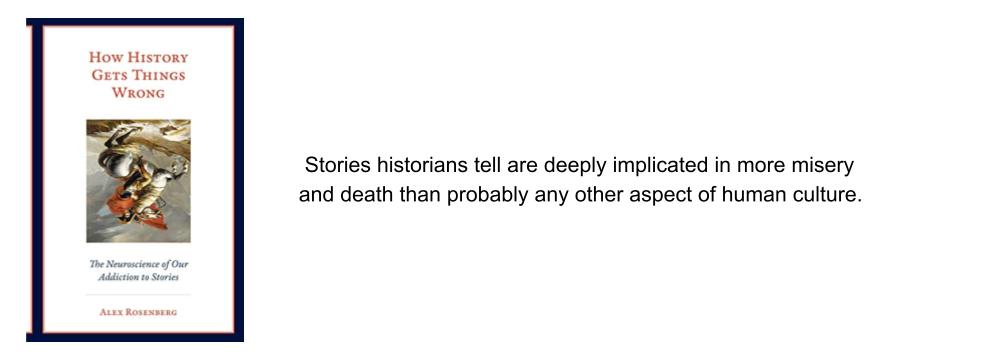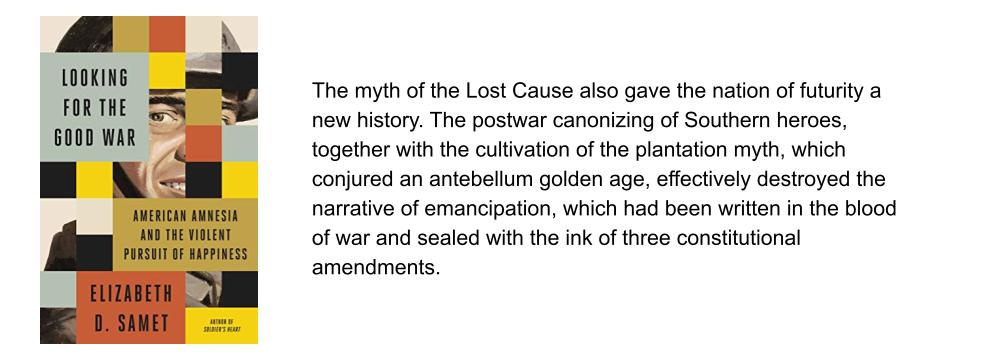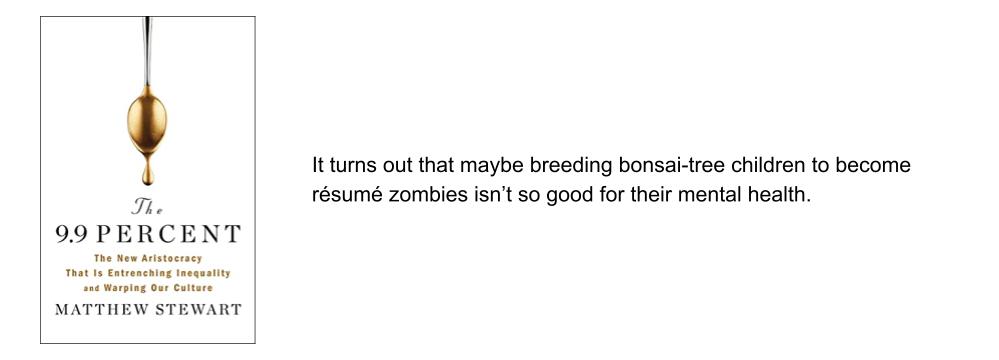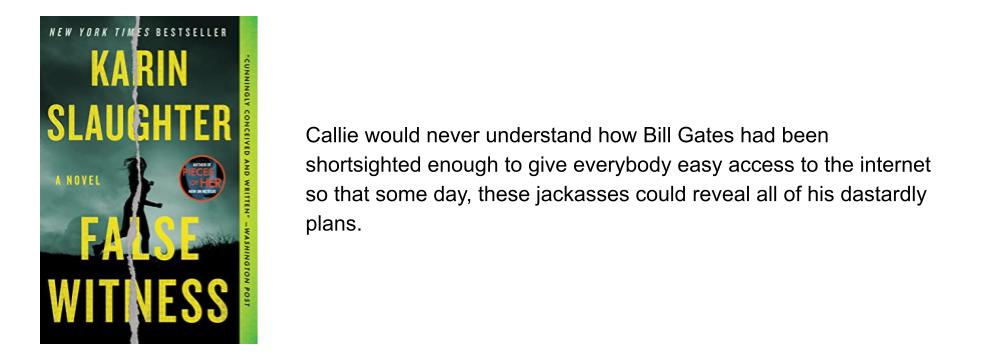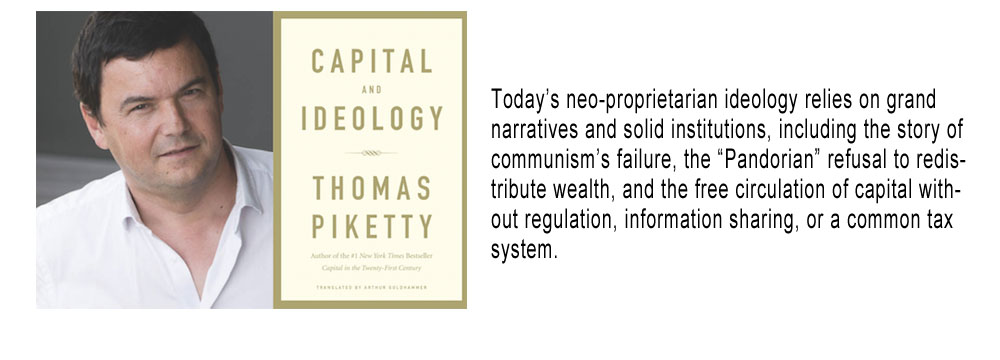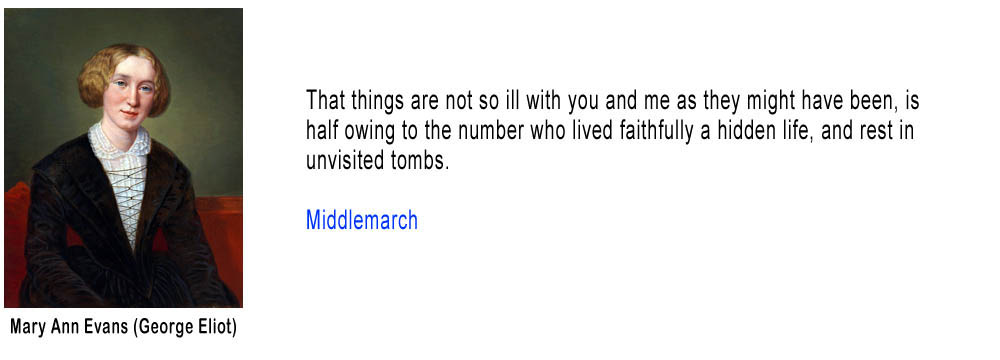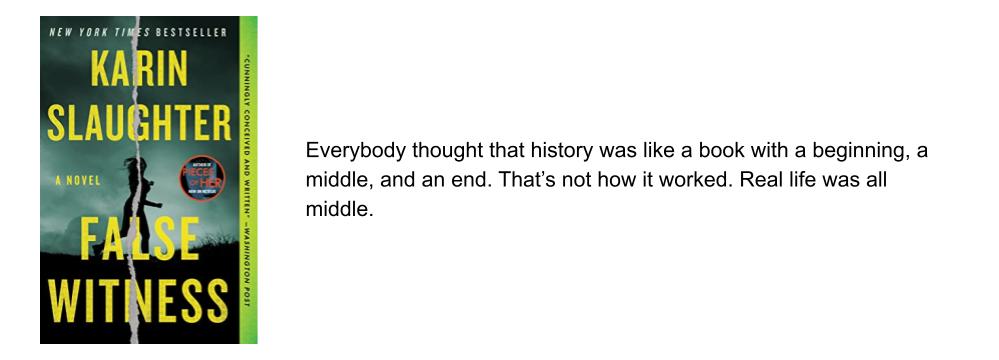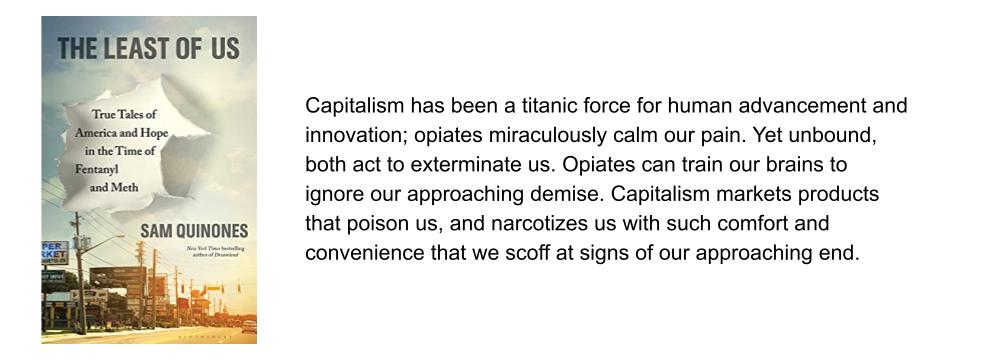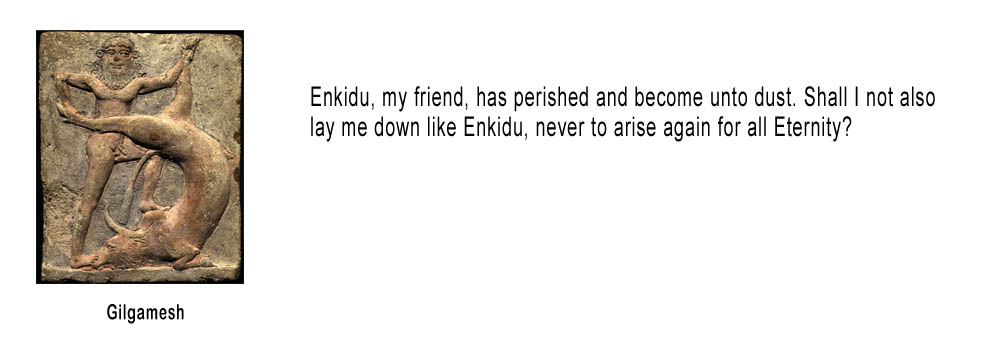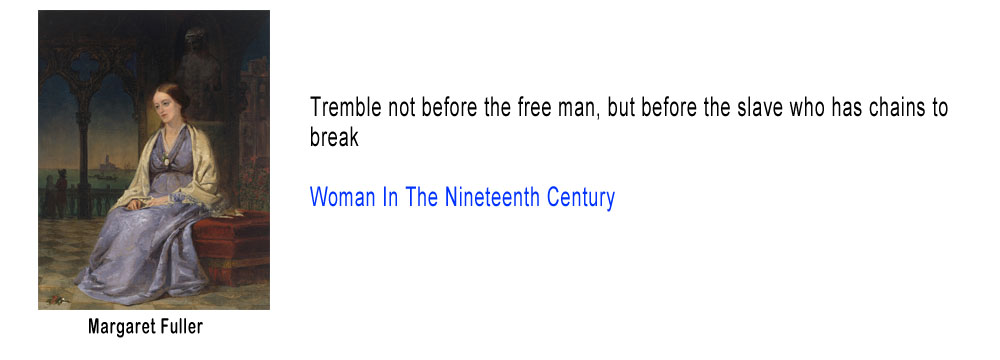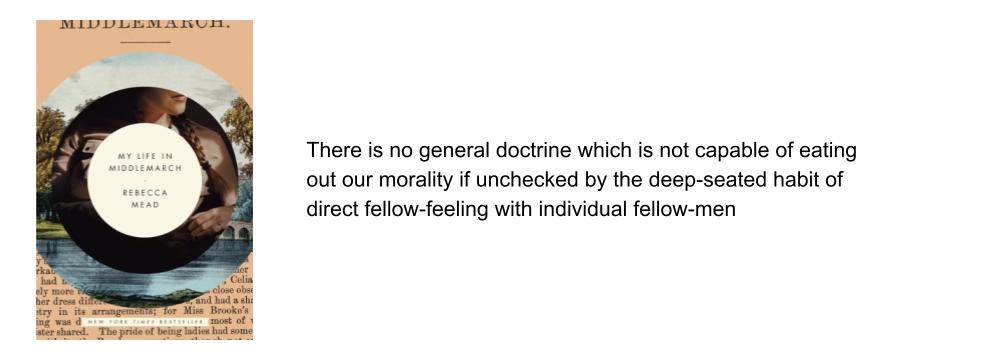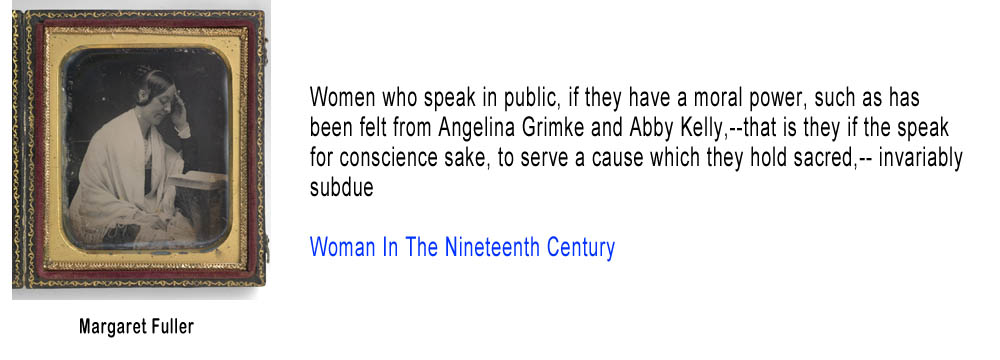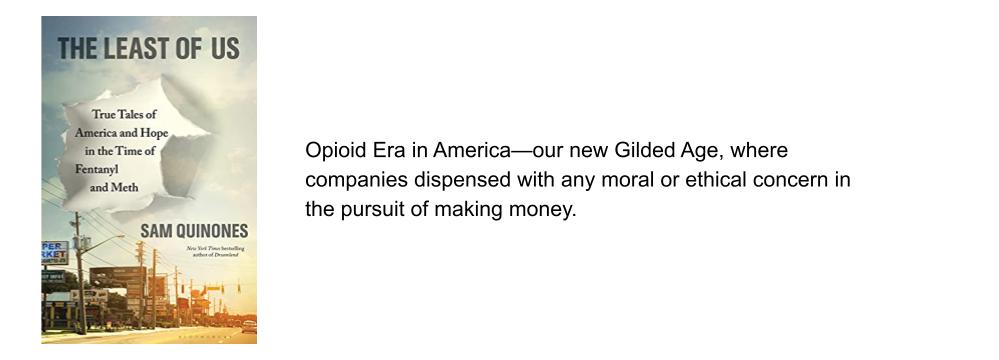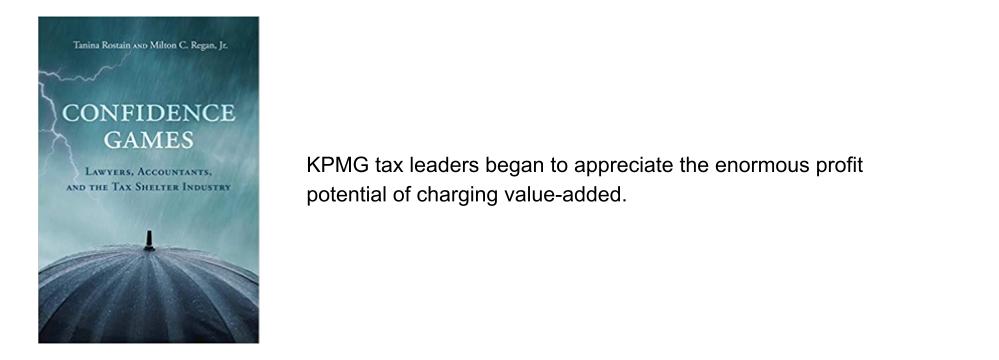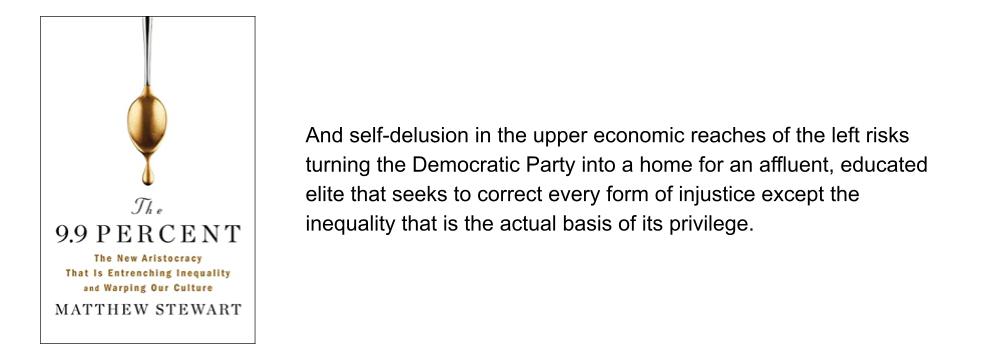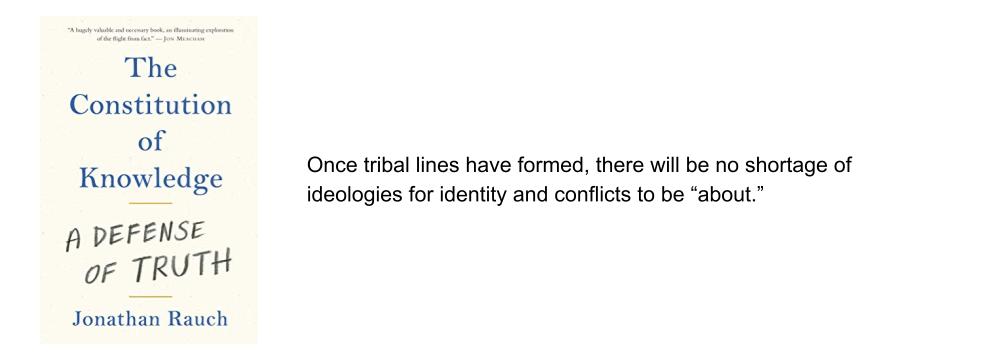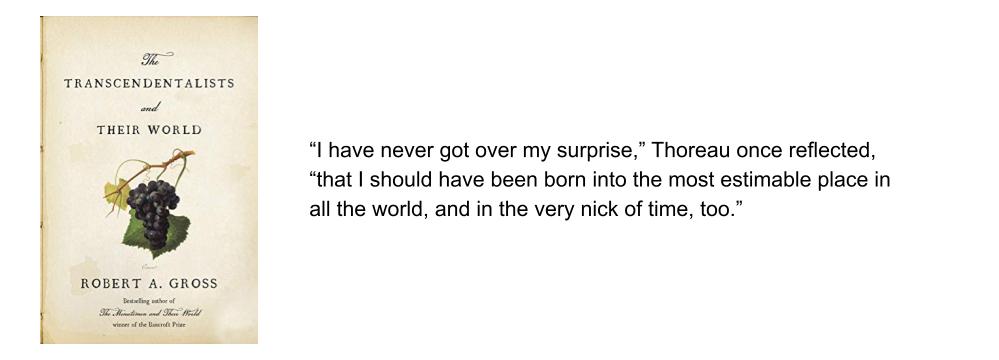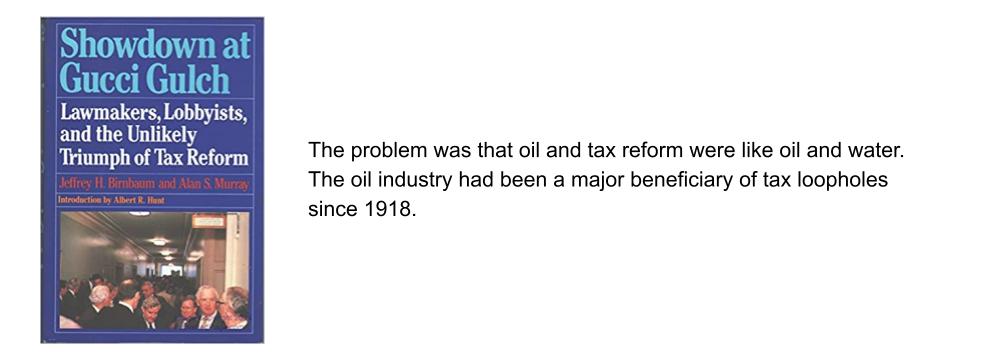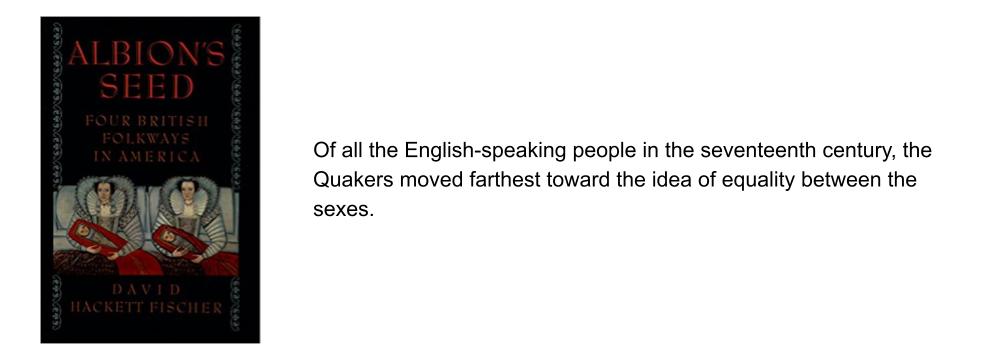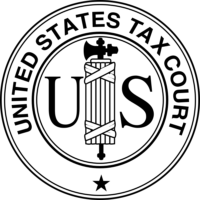Originally published on Passive Activities And Other Oxymorons
Philip A. Driscoll, et ux. v. Commissioner, 135 T.C. No. 27
I seem to have taken the lead in the tax blogosphere in noticing this case. It concerns the parsonage exclusion for a second home. My post on it may be hindered by one of my meandering lead ins, but other than that it is the only post I’ve seen so far that explores the story behind the story. (For example, nobody else connects this case to
Reverend Phil’s visit to a federal facility in 2007). John F. Rogers of TaxTales notes the importance of statutory construction and going to other Code sections for support (The key to the case was that “home” also means “homes”). He is of the opinion that this is a “big win” for pastors. I’ll have to agree to disagree with him on that one. I don’t think many pastors have second homes and even some who do might hesitate to ask their congregation to include them as part of the housing package. The other parsonage decision of 2010 holds that various and sundry members of the Freedom From Religion Foundation have standing to challenge the constitutionality of the parsonage exclusion. Maybe one case doesn’t have anything to do with the other, but something as egregious as this can’t help the pro-parsonage side of the argument.
James Edward Maule’s post on the case also focuses on the statutory language analysis. His view of the big picture is more similar to mine :
What’s left are several questions for the future. First, will the IRS appeal, and if so, will it prevail? Second, will the IRS continue to issue notices of deficiency in these sorts of cases, knowing that it would lose in the Tax Court but hoping that it would prevail on appeal to a different Court of Appeals? Third, might the Supreme Court end up dealing with this issue? Fourth, will the Congress amend section 107 to respond to the Tax Court’s decision, and, if so, what will it do? Fifth, might the Congress repeal section 107, the existence of which is difficult to justify under any sort of tax policy analysis?
My fellow bloggers, being attorneys, probably enjoy words more than numbers. So they don’t mention that for 1999, the portion of Reverend Driscoll’s parsonage exclusion attributable to his second home was $195,778.72. The ministry is not a church. The website makes it seem more like a record label. In 2009, Reverend Driscoll drew a salary of just $77,440 as president and $283,082 as parsonage. The 2009 data is from the 990. We don’t have any way of telling whether Reverend Driscoll excluded it all. Since 2002 the exclusion is limited to rental value plus utilities.
My own tax policy analysis is that a case can be made for the exclusion on a free exercise theory. Clergy who are required to live in a residence should be able to exclude its value under 119 (Lodging provided for the convenience of the employer). Denominations with a strong congregational polity but significant diversity in belief, like Unitarian Universalists might want their clergy to have a significant sphere of privacy. They would be put at a disadvantage to other denominations. The other thing is that the exclusion has been around a long time and it might really foul up some small congregations to eliminate it. The answer to the abuses of the exclusion is to put a dollar limit on it. We already have a table in place for the military. It seems to top out below $4,000 per month.
I’m working on a more comprehensive post, but I am putting this one out now in a cynical attempt to build traffic.
